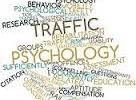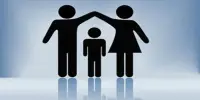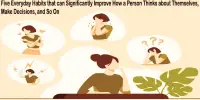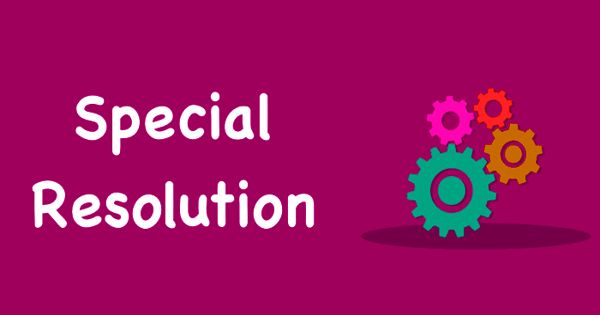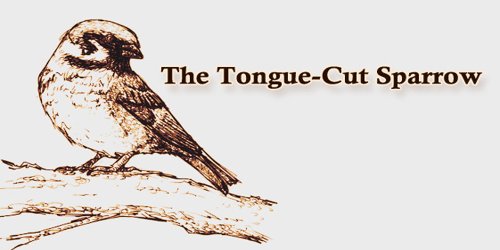The notion that creative people prefer idle time over others is both correct and complicated. When the mind is allowed to roam and develop unexpected connections, which might happen during moments of idleness or downtime, creativity typically thrives.
Screen-free downtime can be beneficial and amusing for persons with creative minds: In their spare time, creative people let one thought flow to another. According to a new study by University of Arizona researchers, creative people are more prone to spend their downtime during the day exploring their minds.
According to the study, which was published in the Creativity Research Journal, creative people are more likely to use idle time productively by allowing one idea to lead to another. Researchers discovered that study participants who were more creative felt less bored when they sat alone in a room. Moreover, during the COVID-19 epidemic, when the world was experiencing unusually long periods of unstructured time, creative people were less bored and more engaged with their thoughts.
“I am particularly interested in creativity because we wanted to know what’s going on in the minds of creative individuals, especially in situations where nothing constrains their thoughts,” said Quentin Raffaeli, a doctoral student at the UArizona Department of Psychology and primary study author.
As we become more overworked, overscheduled and addicted to our digital devices, I think we need to do a better job in our homes, workplaces, and schools to cultivate time to simply relax with our thoughts. Understanding why different people think the way they do may lead to promising interventions to improve health and well-being.
Andrews-Hanna
Most studies on human thoughts in psychology and neuroscience either ask participants to think in a certain way or ask them to report on thoughts they had, but less is known about how thoughts naturally arise and unfold over time in unprompted contexts, according to Jessica Andrews-Hanna, an associate professor in the Department of Psychology and senior author of the paper.
“This is where our study comes in,” Andrews-Hanna explained. According to Andrews-Hanna, history is full of examples of brilliant scientists, artists, and philosophers who valued being alone with their thoughts, and such people typically developed some of their best ideas during idle time. “In today’s busy and digitally connected society, time alone with one’s thoughts without distraction may be becoming a rare commodity,” she continued.
The researchers divided the study into two parts. For the first experiment, the researchers asked each participant to sit alone in a room for 10 minutes without any access to digital devices. In the absence of any particular prompt, the participants were asked to voice their thoughts aloud in real-time. The recorded files from 81 participants were then transcribed and analyzed.
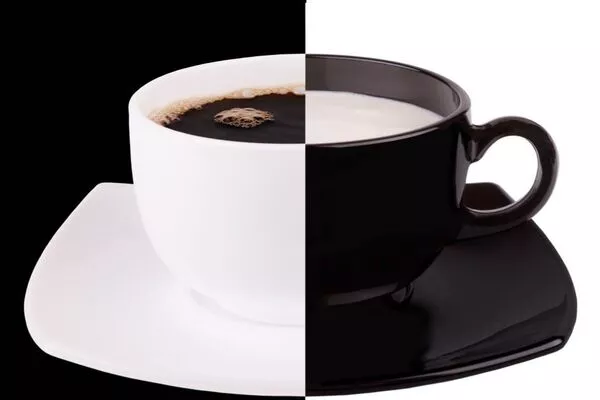
The researchers assessed the participants’ creativity through a “divergent thinking test,” a lab-based verbal test that measures a person’s ability to think outside of the box. Participants who performed well in the divergent thinking test had thoughts that flowed freely and were associated with one another, often indicated by phrases such as “this reminds me of” or “speaking of which.”
“While many participants had a tendency to jump between seemingly unrelated thoughts, creative individuals showed signs of thinking more associatively,” Raffaeli said.
The initial experiment also discovered that when creative people were left alone without distractions like cell phones and the internet, they were more immersed in their thinking.
“Even after 10 minutes, creative people rated themselves as less bored.” They also spoke more words overall, indicating that their thoughts were more likely to flow freely, according to Andrews-Hanna.
To supplement their original findings, the researchers expanded their investigation across a considerably broader time period – the COVID-19 pandemic – when many people were alone with their thoughts more frequently. In the second experiment, nearly 2,600 participants completed questionnaires using Mind Window, a smartphone app developed by Andrews-Hanna and her graduate student Eric Andrews. Participants who self-identified as being creative reported being less bored during the pandemic.
“As we become more overworked, overscheduled, and addicted to our digital devices, I think we need to do a better job in our homes, workplaces, and schools to cultivate time to simply relax with our thoughts,” Andrews-Hanna said.
The researchers are carrying on this line of research with their Mind Window software. They invite individuals to download and utilize the app in order to assist scientists in understanding how people around the world think in their daily lives.
“Understanding why different people think the way they do may lead to promising interventions to improve health and well-being,” said Andrews-Hanna.

